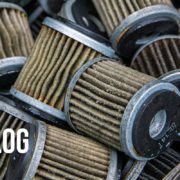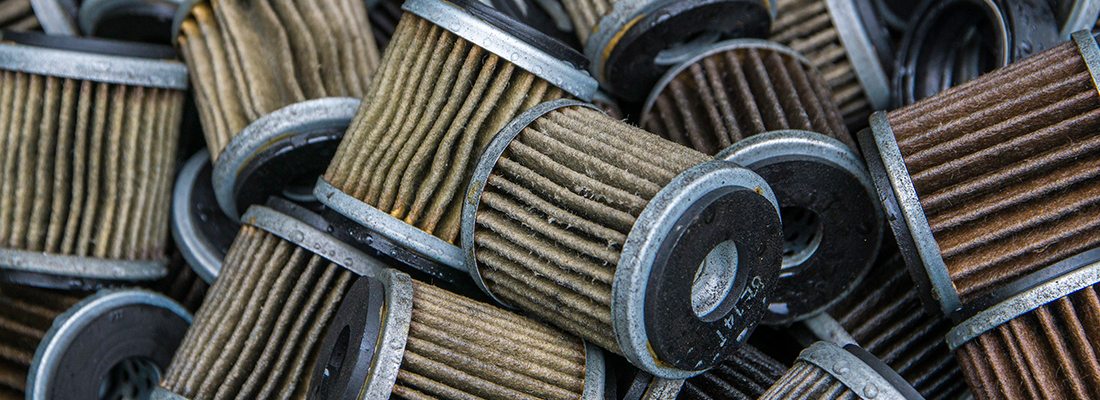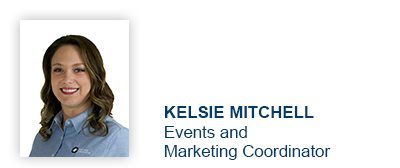Are You Testing for Particle Contamination?

The most common cause of equipment failure is particle contamination. This includes external contaminants, such as dirt or sand, as well as the microscopic pieces of metal generated during equipment operation. Elemental analysis (usually performed by an ICP) can quantify the concentration of contamination, but other typical oil analysis testing can provide additional information.
Further testing can investigate the size and shape of the particles to help maintenance personnel discover the source of the contamination and assess the damage to the component. Particle count, particle quantifier, filter debris analysis, micropatch and analytical ferrography tests each take a slightly different approach to this task, and each have their own limitations.
Thankfully, not every test is needed in every circumstance. Recommended tests vary based on type of equipment, equipment criticality, and operating cycles. POLARIS Laboratories® employees will always be willing to help you choose the best, most cost effective testing for your application.
This technical bulletin explains the different particle count tests available in the market today and their limits in testing used oil. Quantifying particles can be done with multiple techniques as well. Filter debris analysis can evaluate the cause of filter plugging or unexpected breakdown.

Proven Impact. Proven Uptime. Proven Savings.
Let us prove it to you.


















